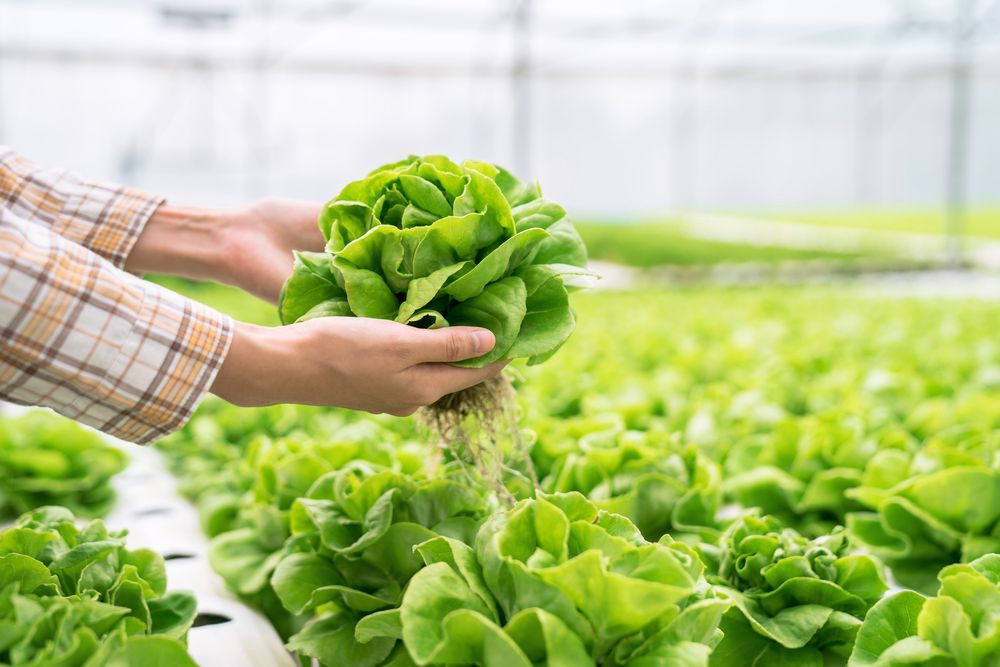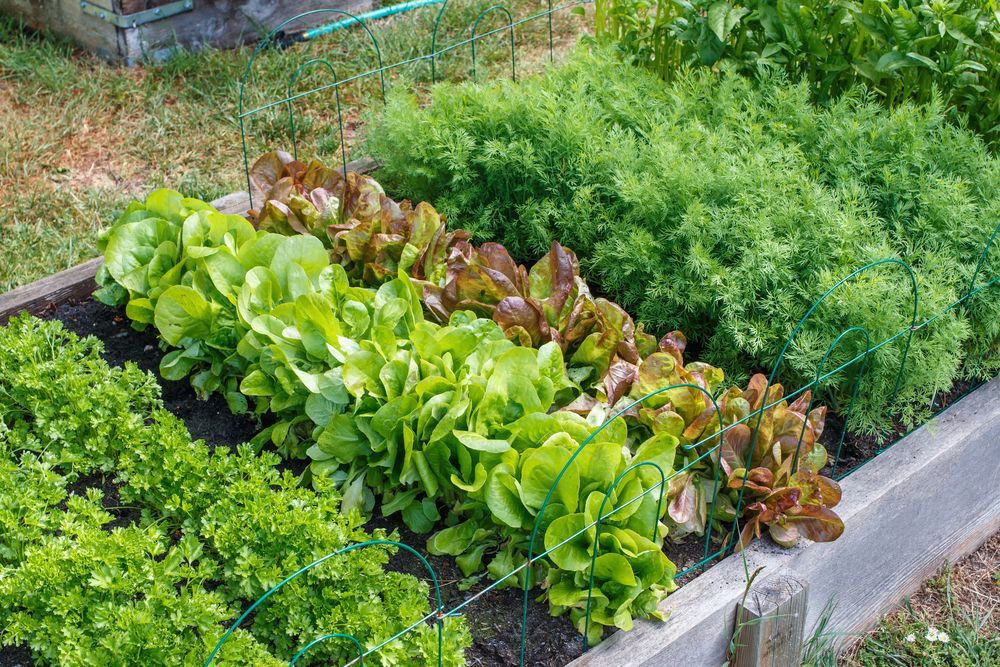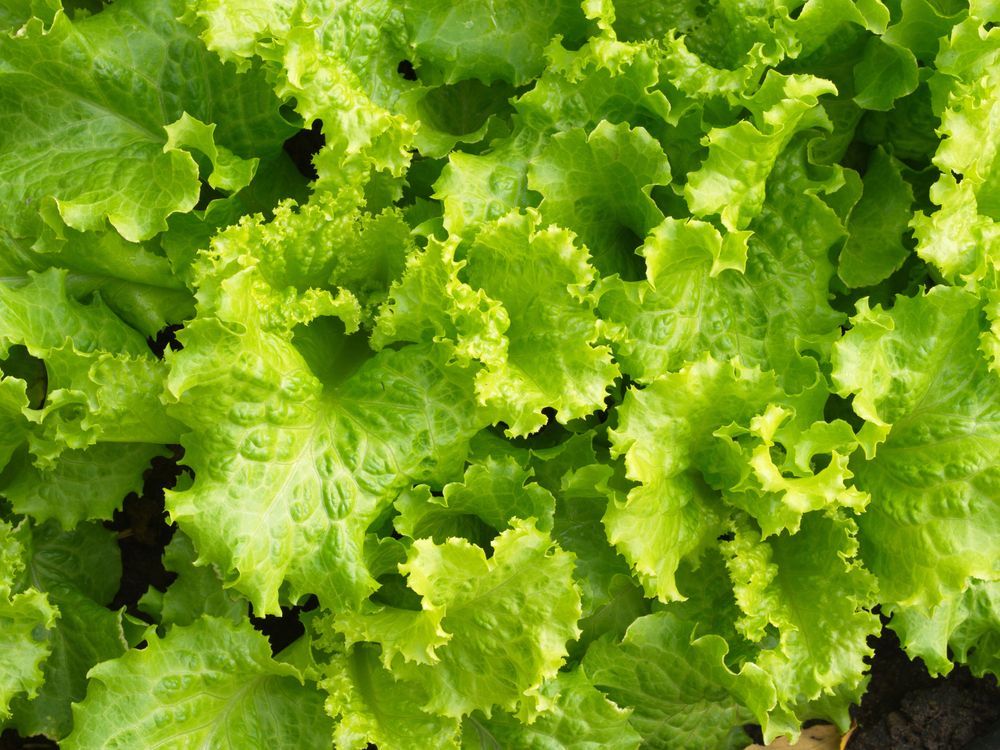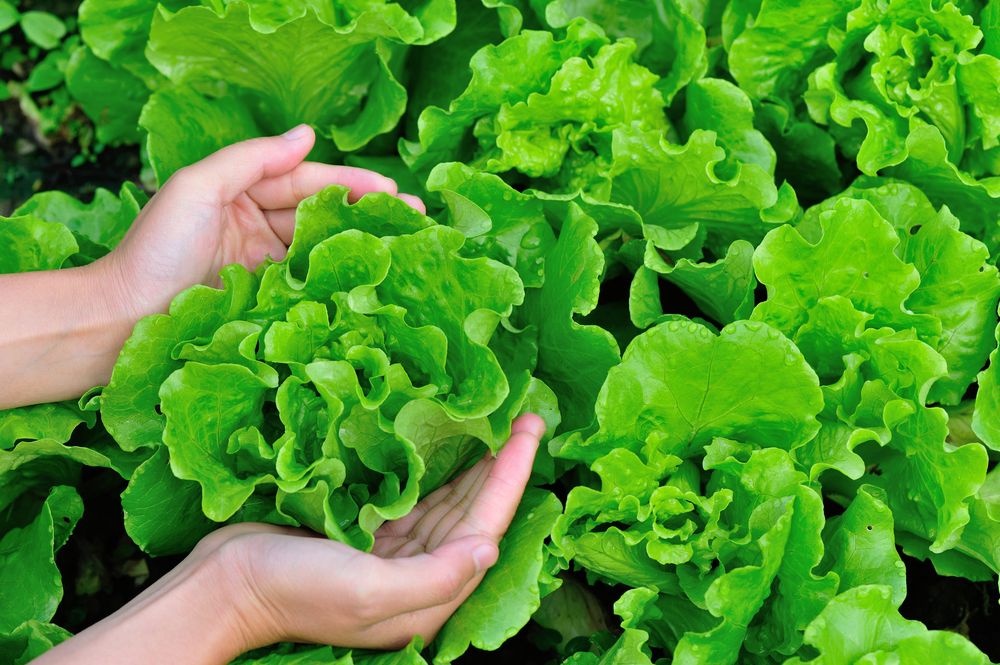How to Stop Lettuce from Bolting
By far, lettuce is one of the most popular vegetables in the world. It’s almost everyone’s favorite vegetable that’s often used to make soups, sandwiches, and wraps. What’s more interesting is lettuce can also be grilled.
Just like every other garden vegetable, lettuce tends to bolt especially when subjected to high temperatures. But that’s not all. Let’s check out in detail other factors that contribute to bolting.
What Causes Bolting?
Bolting occurs when a plant stalks its flower and produces seeds. This mostly happens when the plant is not matured yet. You would probably be wondering whether bolting is a good or bad thing? Truth is, bolting affects a couple of vegetables among them lettuce, spinach, and broccoli, and herbs like cilantro and parsley by making them taste bad.
Lettuce tends to bolt in stressful situations like high temperatures, less soil moisture, and prolonged day hours. When lettuce is exposed to high temperatures, they result in bolting which makes them develop a bad taste.
When a plant wants to reproduce before it dies, it sends up a flower that will go to seed, and, in most cases, plants that are threatened by high temperatures always go to seed without even head formation.It’s also worth noting that heat isn’t the only factor alone that causes bolting.
There are chances that the condition might prevail if the surrounding conditions are excessively dry.
Ways to Control Bolting on Lettuce
1. Create Some Shade for the Lettuce
Most lettuce growers have successfully done it during high temperatures by shading the lettuce section in their gardens. You can plant it alongside taller plants like corn. You can also provide shade to the lettuce by planting it in pots and then moving to a shadier position.
2. Maintain Moisturized, Healthy Soil
Lettuce gardeners, especially those in hot areas should aim for maintaining healthy soils with plenty of nutrients and moisture as this promotes quick growth. This is always an option instead of waiting for the rainy or cool season to kick off so that you do the planting.
The alternative would be to soak the planting area. It’s usually a workable way out when planting starting seeds during summer, but you want to use cold water when soaking. Leave them soaked for a few days before sowing. If the conditions are warm and dry, cover the wet soil during the daytime with a whiteboard to make it cooler.
While carrying out this exercise, it’s best to use a soil thermometer to be sure if the temperatures are ideal for spouting the seeds. Get rid of the whiteboard once you see any early signs of germination.
3. Plant bolt resistant lettuce varieties
It is advised to use varieties that are automatically resistant to bolting. When you plan to purchase lettuce seeds, opt for the slow-to-bolt or heat-resistant ones.
These varieties will have a very easy time growing even during the high temperatures’ seasons. Some of these varieties have bolt suggestive names like ‘Boltardy’, ‘Slobolt’ and at Johnny’s Seeds, you will find varieties like Sparx (romaine), Salvius (romaine), Starfighter (green leaf), and New Red Fire (red leaf).
4. Keep an eye on the flower buds
You want to pinch off any buds that start to emerge during the cold season. When new flower buds are forming, they will be followed by reseeding which ultimately causes the vegetables to bolt. Pinching off the early bud helps prolong the harvesting season.
5. Consider mulching the topsoil
Lettuce needs a relatively humid environment, especially when the temperatures are high. You, therefore, want to use a soil structure that retains some moisture, and that’s where mulching steps in.
Keeping the soil constantly and evenly moist could help delay bolting. However, adding a few layers of mulch allows you to water your lettuce a lot less.
Best Practices When Growing Lettuce
You want to be in the loop with suitable growing conditions to avoid having to deal with diseases such as bolting. And as they say, the devil is in the details.
It’s easy to grow this vegetable as an annual. You can hit high success when growing it in the fall or colder weeks of spring. The plant prefers temperatures ranging from 60 to 70 degrees Fahrenheit.
Here are some of the pointers you want to make reference to when planting lettuce at home.
When to plant lettuce
As pointed out earlier in this guide, lettuce prefers to grow in a cool environment. So, you will need to prepare the soil in the early weeks of spring.
To prevent bolting, you’ll need to harvest lettuce leaves quite often. The yield is more likely to extend almost the entire summer season. If the yield rate is significant, you can harvest the leaves at intervals of 10 to 14 days.
For the head lettuce type such as iceberg, you want to treat it as a fall crop since it matures are the temperature is getting cooler.
How to plant lettuce
Reproducing lettuce using seeds isn’t a strenuous task. The planting holes for lettuce seeds only need to be about ¼ inch deep. If you want your lettuce to grow in a conventional pattern, then you can plant the seeds in rows.
For a fanciful color tone, you can alternate the red and green lettuce in the rows. You also need to space the seeds out when planting them. They need to be anywhere between 12 and 18 inches apart. S
eeds that produce thin leaf lettuce can be planted at least 4’ inches apart. It’s also worth noting that lettuce is overly sensitive to low pH. For this reason, you want to tweak the soil pH to at least 6.0. One way to naturally lower it is by amending the soil with a portion of sphagnum peat moss.
Where to plant lettuce
The location is always of utter importance, especially if you want to harvest this vegetable a lot more often. When growing lettuce, it’s essential to pick a spot that receives the full sun during the spring and fall season.
However, if you’re looking to grow the vegetable during summer when the temperatures are notably warmer, then you would need to plant the seeds in a location that receives some partial shade.
To sprout much faster during summer, the soil needs constantly cool temperatures. Once the soil is accustomed to the cool environment, you can remove the shade to give the young sprouts enough access to sunlight.



